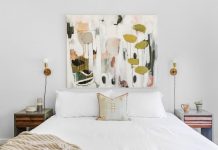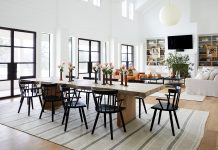Designing your home by yourself can be overwhelming. Especially if you really don’t have any background in arts or got a friend that does a little bit of designing. You have to make a lot of decisions on your own just to make your home Pinterest and IG-worthy.
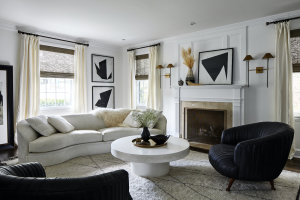
In addition to that, you have too many options and ideas running in your head, a ton of elements to consider, but only one house to work around. That’s why perking up your space with a cohesive style is quite a challenge.
But it’s not an impossible task. There are ways and steps that you can do to streamline your thought processes, the space you’re working around, and the materials that are available. To help you with your DIY interior designing, below are some great tips that you can apply to your project.
1. Figure out your style
The very first step in designing your home is to figure out what style you’re going for. While there are a ton of available resources on the internet that could be used as your inspiration, it’s important that you focus your design on one style. This will help you narrow down your choices in terms of patterns, textures, and colours for textiles, furniture, and other accessories to be added later.
Generally, you should decide whether you’re going casual or formal. Do you want your house to look luxurious and filled with suede or leather furnishings? Or do you want your space to be your squad’s nook for movies and games?

Once you’ve decided, now you can proceed with other elements that you need to pay attention to.
2. Find your colour palette
Another vital piece of your interior design is your colour palette. It gives the perfect balance between your space and your home furniture and accessories.
Look up the colour wheel and identify which complementary colours do you like, or if you have a favorite colour, determine what other colours complement it best. Remember that you can play around the colour wheel as long as it matches the style that you’re going for. Keep in mind that your palette must tie the whole house together, to make sure that your design is as cohesive as possible.
3. Play with patterns
Patterns create a rich texture and unique details to your design. If you’re new to this whole design process and not that confident yet in your decisions, try to play it safe just by adding patterns to simple accessories like a rug, blankets, or pillows.
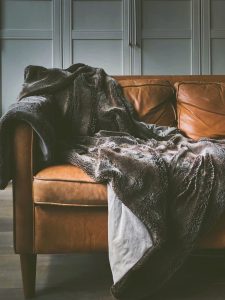
You can certainly mix and match patterns but it can be tricky. You have to find the balance in the patterns in terms of colours and sizes. If you plan to try it out, you should probably aim for a common hue found in those patterns.
4. Start from the ground up
This is when you’re done with the planning and ready to roll your sleeves up. Whenever you’re designing a house or a room, always start with the floor. Are you keeping the hardwood floors? Will you cover it with carpeting or rugs? Starting from the ground will help you simplify the whole process.
Once you’ve decided with the floors, you can now work on your furniture, then your walls, and finally your light fixtures. These finishing touches will ultimately create character to the rooms and will make your space extra lit!
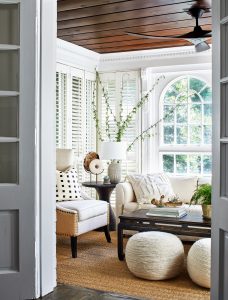
These are only some basic tips on how to plan for your home decoration. And you’ll probably learn on the fly. Just keep in mind that you don’t have to be stressed out. Yes, it can be overwhelming, but don’t forget to have fun, too!
But if you really feel clueless and don’t know how to bring your ideas to fruition, you can chat with our friends at SLH Furniture over coffee. They’re a great team of creative professionals that can give you guidance and provide some expert tips to help you breathe a new life in your home. If you’re ready to perk up that house of yours, just give them a ring! Thanks to slh.com.au for consulting.






















